Home>Gardening & Outdoor>Pool & Spa Care>How To Make My Hot Tub Hotter
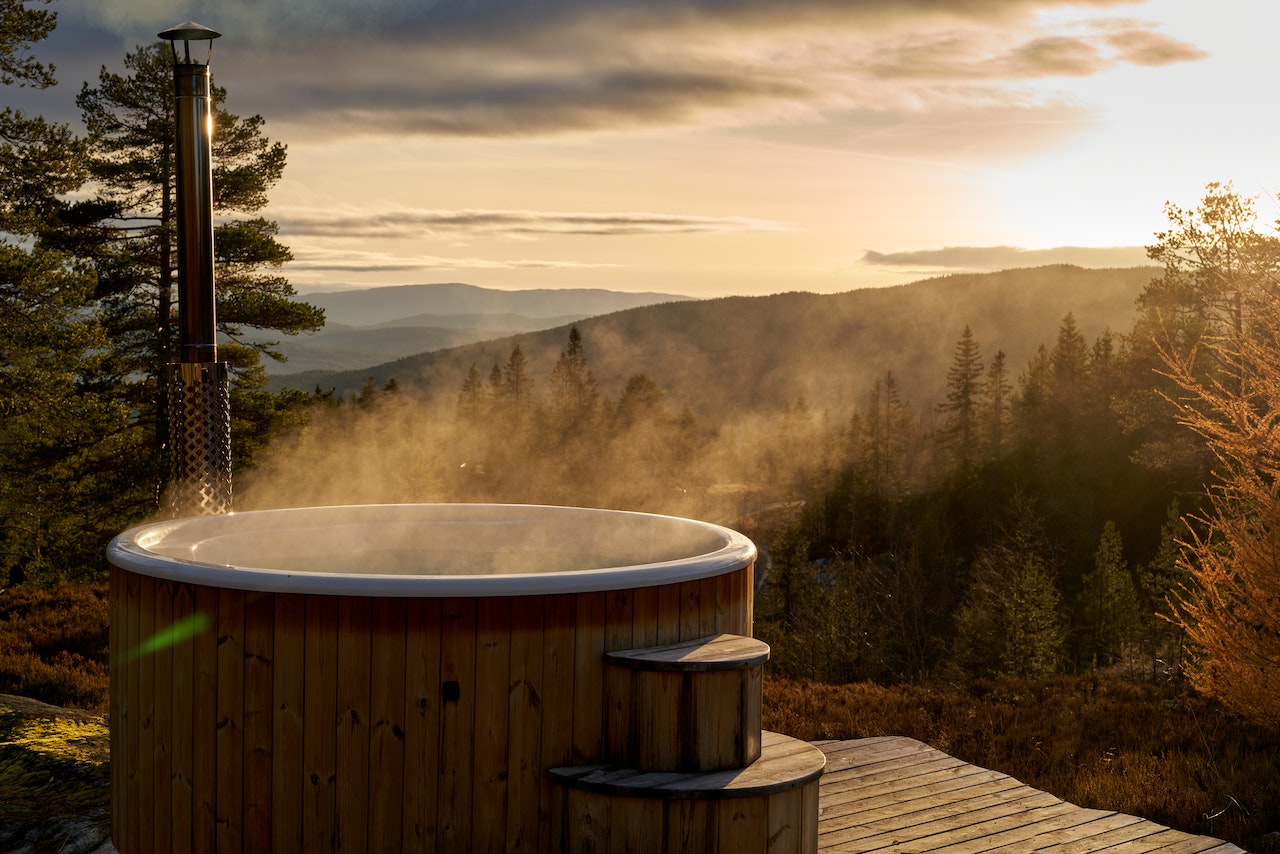

Pool & Spa Care
How To Make My Hot Tub Hotter
Modified: February 18, 2024
Learn expert tips for maximizing the heat in your hot tub and enhancing your pool and spa care routine. Discover how to make your hot tub hotter today!
(Many of the links in this article redirect to a specific reviewed product. Your purchase of these products through affiliate links helps to generate commission for Storables.com, at no extra cost. Learn more)
**
Introduction
**
So, you've invested in a luxurious hot tub, and you're looking forward to soaking in its warm, bubbling waters. But what if the water isn't as hot as you'd like it to be? There's nothing more disappointing than stepping into a lukewarm hot tub when you were expecting a blissfully warm experience.
But fear not! There are several steps you can take to make your hot tub hotter and ensure that it consistently reaches the perfect temperature for your enjoyment. From checking the temperature setting to optimizing insulation and considering heater upgrades, we'll explore various strategies to enhance the heat retention and overall warmth of your hot tub.
In this comprehensive guide, we'll delve into the practical steps you can take to maximize the heat in your hot tub. Whether you're troubleshooting an existing hot tub or planning to purchase a new one, these tips will help you create an inviting oasis of warmth and relaxation in your own backyard. Let's dive in and uncover the secrets to making your hot tub hotter than ever before!
Key Takeaways:
- Keep your hot tub hotter by checking the temperature setting and adjusting it for comfort while considering external factors like weather. Regularly monitor the temperature to ensure it stays within the desired range.
- Enhance your hot tub’s heat retention by prioritizing insulation, using a high-quality cover, and considering an upgrade to a more efficient heater. Regular maintenance is crucial for preserving the efficiency of your hot tub’s heating system and insulation.
Read more: How To Make A Hot Tub Hotter
Check the Temperature Setting
Before exploring more complex solutions, it’s essential to start with the basics. One of the first things to check when your hot tub isn’t as hot as you’d like is the temperature setting. Most hot tubs allow you to set a specific temperature for the water, typically ranging from 80 to 104 degrees Fahrenheit.
Begin by accessing the control panel or digital interface of your hot tub. Navigate to the temperature settings and ensure that it’s set to your desired level. If the current setting is lower than what you prefer, simply adjust it to a higher temperature. Keep in mind that raising the temperature too high can lead to excessive energy consumption, so aim for a comfortable yet efficient setting.
Additionally, consider the ambient temperature and weather conditions. During colder seasons, it may take longer for the hot tub to reach and maintain higher temperatures, especially if it’s located outdoors. If your hot tub is exposed to chilly winds or low temperatures, it may struggle to retain heat effectively. In such cases, adjusting the temperature setting slightly higher can compensate for heat loss and ensure a consistently warm experience.
Regularly monitor the temperature to ensure that it remains within the desired range. If you notice fluctuations or difficulty maintaining the set temperature, it may indicate underlying issues that require further attention. By starting with the temperature setting and considering external factors, you can optimize the initial conditions for achieving a hotter hot tub.
**
Insulate Your Hot Tub
**
Effective insulation plays a crucial role in maintaining the heat within your hot tub, especially in outdoor settings where exposure to ambient temperature variations can impact its overall warmth. By enhancing the insulation around your hot tub, you can minimize heat loss and create a more energy-efficient heating process.
One approach to improving insulation is to assess the hot tub’s surroundings. If your hot tub is located outdoors, consider the presence of nearby structures, such as fences or walls, that can shield it from chilly winds. Additionally, strategically positioning outdoor furniture or installing windbreaks can help create a more sheltered environment, reducing the impact of external elements on heat retention.
Furthermore, inspect the hot tub’s insulation materials, such as foam panels or spray foam, to ensure they are intact and effectively insulating the tub’s shell. Over time, these materials may degrade or become less efficient, leading to heat loss. If you notice any signs of wear or damage, consider repairing or replacing the insulation to bolster its effectiveness.
Another aspect to consider is the hot tub cover. A high-quality, well-fitted cover not only prevents debris from entering the water but also acts as a crucial insulating layer. By keeping the cover securely in place when the hot tub is not in use, you can significantly reduce heat loss and maintain the water’s warmth for longer periods.
For added insulation, you can explore the option of investing in thermal blankets designed specifically for hot tubs. These durable, heat-retaining covers can be placed beneath the main cover to provide an extra layer of insulation, further enhancing the hot tub’s ability to retain heat.
By prioritizing insulation and implementing these strategies, you can create an environment where your hot tub conserves heat efficiently, ensuring that it remains consistently warm and inviting, even in challenging weather conditions.
Use a Hot Tub Cover
When it comes to maintaining the heat in your hot tub, a high-quality cover is an indispensable asset. A well-designed cover not only safeguards the water from debris and contaminants but also serves as a crucial insulating barrier, minimizing heat loss and maximizing energy efficiency.
When selecting a hot tub cover, opt for a durable and well-fitted option that provides a snug seal over the tub. This ensures that minimal heat escapes from the water, especially during periods of inactivity. Additionally, a secure cover prevents leaves, twigs, and other outdoor debris from entering the hot tub, preserving water quality and reducing the need for frequent cleaning and maintenance.
Consider the material of the cover, as it directly influences its insulating properties. High-quality vinyl covers with dense foam cores are excellent choices for heat retention. These covers effectively trap the heat within the hot tub, allowing it to maintain a consistent temperature even in cooler environments.
It’s important to establish a routine of covering the hot tub when it’s not in use, especially during colder weather. By promptly securing the cover after each session, you can minimize heat loss and ensure that the water retains its warmth for the next soak. This proactive approach to cover usage contributes to a more energy-efficient and cost-effective hot tub experience.
Furthermore, inspect the cover regularly for any signs of wear, tear, or damage. Over time, exposure to sunlight and weather elements can degrade the cover’s integrity, compromising its insulating capabilities. If you notice any issues, such as tears or cracks, consider repairing or replacing the cover to maintain optimal heat retention.
By utilizing a high-quality hot tub cover and incorporating it into your regular hot tub maintenance routine, you can significantly enhance the tub’s ability to preserve heat, ensuring that it remains invitingly warm and ready for relaxation whenever you desire.
Check the temperature setting on your hot tub and make sure it’s set to the highest temperature. If it’s already at the max, consider insulating the hot tub or adding a thermal cover to help retain heat.
Consider Upgrading Your Heater
If you find that your hot tub consistently struggles to reach and maintain the desired temperature, despite optimizing insulation and cover usage, it may be time to consider upgrading your heater. An efficient and appropriately sized heater is essential for achieving and sustaining the ideal water temperature in your hot tub.
Begin by assessing the current heating system of your hot tub. Determine the heater’s capacity and evaluate its performance in relation to the size and volume of your hot tub. If the heater is undersized for the tub, it may struggle to heat the water effectively, leading to prolonged heating times and difficulty maintaining warmth, especially in colder climates.
When exploring heater upgrades, consider modern, energy-efficient options that align with the specific requirements of your hot tub. Look for heaters with advanced features, such as rapid heating capabilities and precise temperature control, to enhance the overall heating experience. Additionally, prioritize heaters with robust insulation and durable construction, as these factors contribute to optimal heat retention.
Consult with a professional hot tub technician or a reputable supplier to explore suitable heater options for your hot tub. They can provide valuable insights and recommendations based on your hot tub’s specifications and your desired heating performance. By investing in a high-quality heater that is well-suited to your hot tub’s needs, you can significantly improve its ability to reach and maintain higher temperatures consistently.
Furthermore, consider the potential benefits of upgrading to a more energy-efficient heater. Modern heaters often incorporate advanced technologies that optimize energy consumption, resulting in cost savings over the long term. By choosing a heater with superior energy efficiency, you not only enhance the heat output of your hot tub but also contribute to a more sustainable and economical heating solution.
By evaluating and, if necessary, upgrading your hot tub’s heater, you can address underlying heating challenges and create an environment where your hot tub consistently delivers the warmth and comfort you desire, elevating your overall hot tub experience.
Read more: Why Does My Hot Tub Make My Skin Itch
Regular Maintenance
Maintaining the optimal heat in your hot tub extends beyond initial setup and insulation considerations. Regular maintenance plays a pivotal role in preserving the efficiency of your hot tub’s heating system and ensuring that it consistently delivers the desired warmth. By incorporating routine maintenance tasks into your hot tub care regimen, you can address potential issues proactively and sustain an inviting, comfortably warm environment for relaxation.
Start by adhering to a consistent cleaning schedule for your hot tub. Removing debris, such as leaves, dirt, and other contaminants, from the water and filtration system prevents obstructions that can impede heat circulation and compromise the overall heating process. Additionally, clean the hot tub cover regularly to prevent the accumulation of debris and maintain its insulating properties.
Inspect the hot tub’s heating elements, such as the heater and associated components, for any signs of wear, corrosion, or malfunctions. Addressing potential issues promptly can prevent disruptions in heat output and maintain the hot tub’s ability to reach and sustain higher temperatures effectively.
Regularly check and replace the hot tub’s filter as needed. A clean and functional filter is essential for efficient water circulation and heat distribution. Clogged or deteriorating filters can hinder the heating system’s performance, leading to reduced heat retention and compromised water quality.
Conduct periodic assessments of the hot tub’s insulation, including the cover and surrounding insulation materials. Ensure that the cover fits snugly and remains in good condition, and inspect the insulation components for any signs of damage or degradation. Addressing insulation issues promptly contributes to effective heat retention and energy efficiency.
Consider scheduling routine maintenance inspections with a qualified hot tub technician. Professional assessments and servicing can identify potential heating system issues and ensure that the hot tub’s components are functioning optimally. Additionally, technicians can provide valuable guidance on optimizing the heating system and insulation for enhanced heat retention.
By integrating regular maintenance tasks into your hot tub care routine, you can uphold the efficiency of the heating system, preserve heat retention capabilities, and enjoy a consistently warm and inviting hot tub experience. Proactive maintenance safeguards against potential heating challenges and contributes to the long-term enjoyment of your hot tub.
Conclusion
As a hot tub owner, achieving and maintaining the perfect water temperature is essential for creating a relaxing and rejuvenating oasis in your own backyard. By implementing the strategies outlined in this guide, you can optimize your hot tub’s heat retention capabilities and ensure that it consistently delivers the warmth and comfort you desire.
Start by checking the temperature setting and considering external factors that may impact heat retention, such as ambient temperature and weather conditions. By fine-tuning the temperature setting and accounting for environmental influences, you can establish a solid foundation for maintaining optimal heat levels in your hot tub.
Insulation is a key factor in heat retention, especially for outdoor hot tubs. Assess the insulation around your hot tub, including the cover and surrounding materials, and take proactive measures to enhance its effectiveness. By minimizing heat loss through strategic insulation improvements, you can create a more energy-efficient and consistently warm hot tub environment.
Utilizing a high-quality hot tub cover is instrumental in preserving heat and preventing heat loss during periods of inactivity. Select a durable cover that fits securely over the hot tub, and make it a habit to promptly cover the tub after each use. By incorporating the cover into your regular hot tub care routine, you can maximize heat retention and minimize energy consumption.
If your hot tub continues to struggle with heat retention despite insulation and cover optimizations, consider upgrading the heater to a more efficient and appropriately sized model. Modern heaters with advanced features and energy-efficient design can significantly improve the hot tub’s ability to reach and maintain higher temperatures consistently.
Regular maintenance is crucial for preserving the efficiency of your hot tub’s heating system and insulation. By adhering to a consistent maintenance regimen, including cleaning, filter replacement, and professional inspections, you can address potential heating challenges proactively and sustain an inviting, comfortably warm hot tub environment.
By combining these strategies and maintaining a proactive approach to hot tub care, you can create an environment where your hot tub consistently delivers the warmth, comfort, and relaxation you desire. Whether you’re unwinding after a long day or indulging in a soothing soak, a consistently warm hot tub ensures that your backyard oasis remains a source of rejuvenation and tranquility.
Frequently Asked Questions about How To Make My Hot Tub Hotter
Was this page helpful?
At Storables.com, we guarantee accurate and reliable information. Our content, validated by Expert Board Contributors, is crafted following stringent Editorial Policies. We're committed to providing you with well-researched, expert-backed insights for all your informational needs.
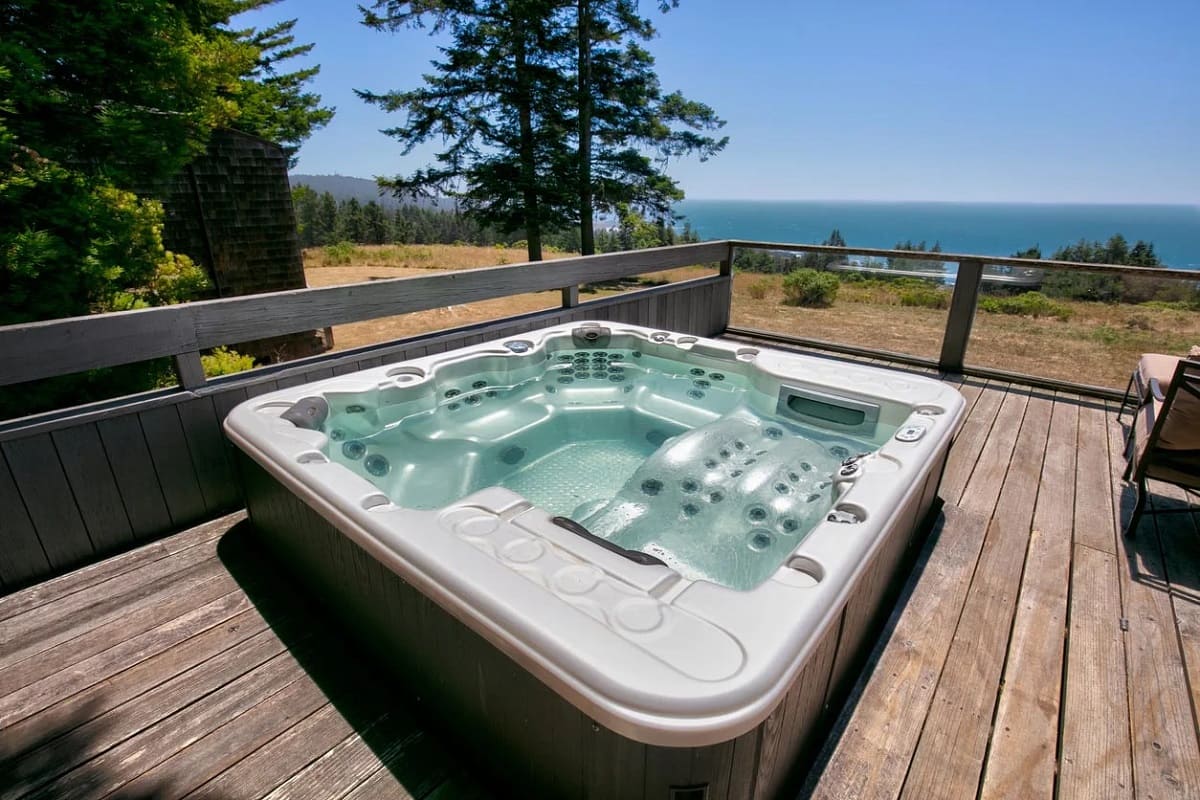
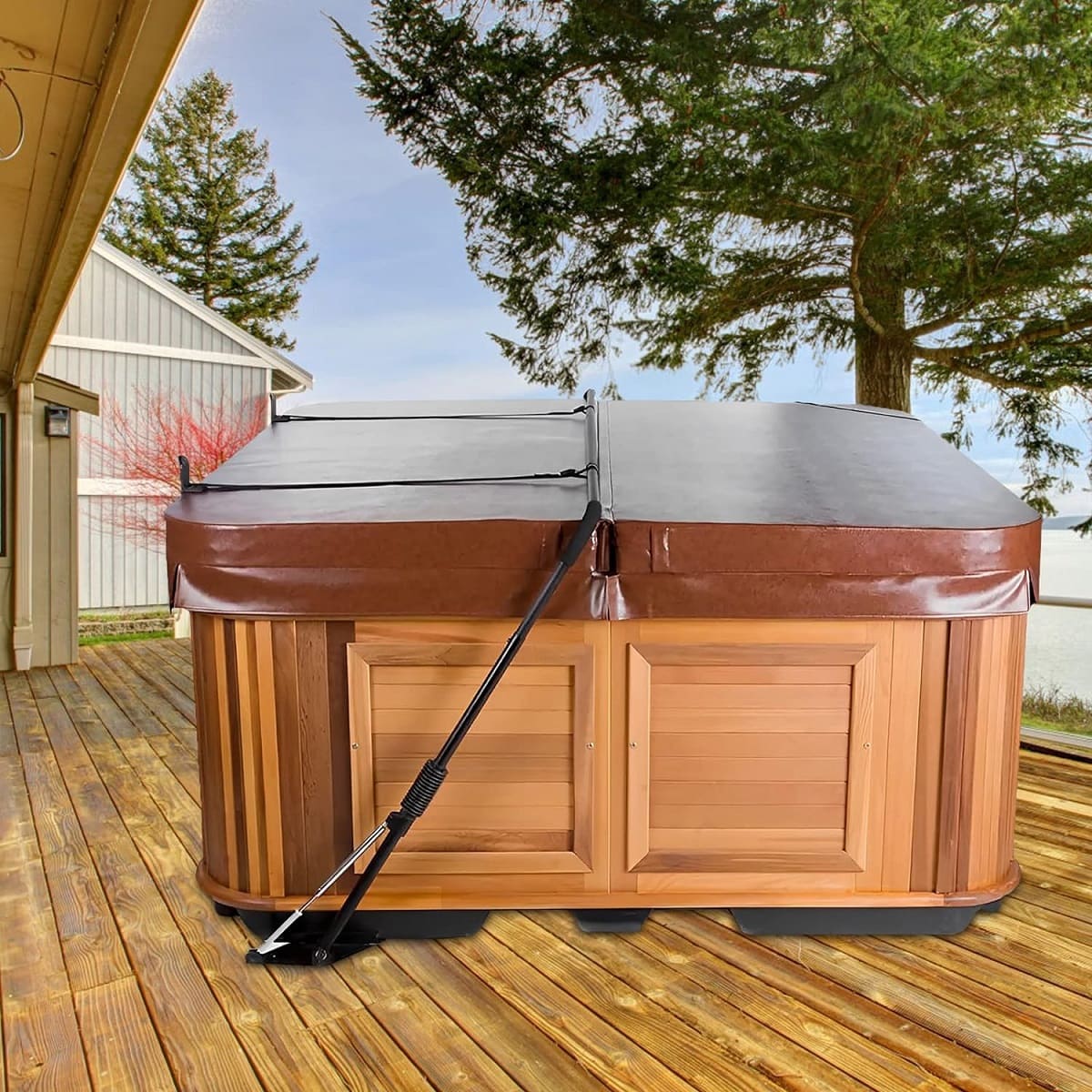
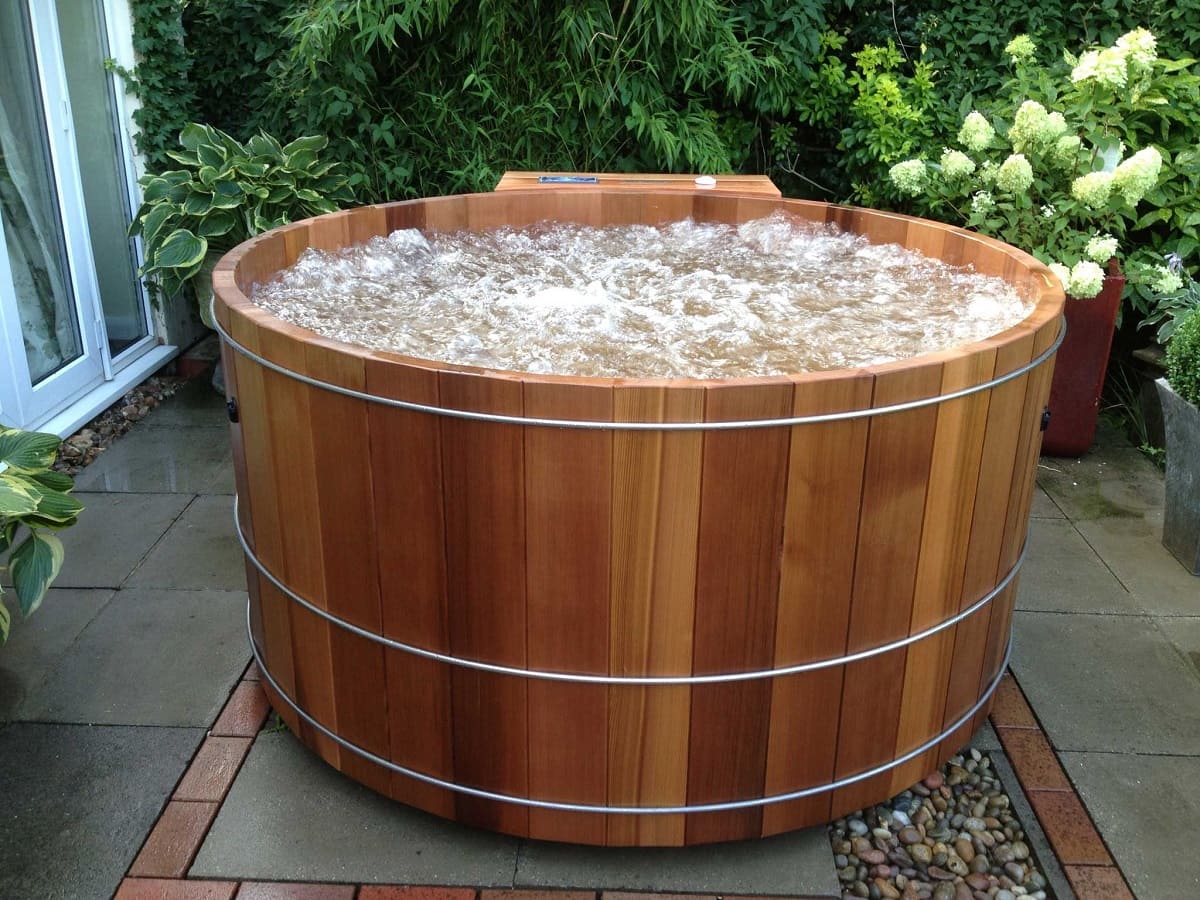
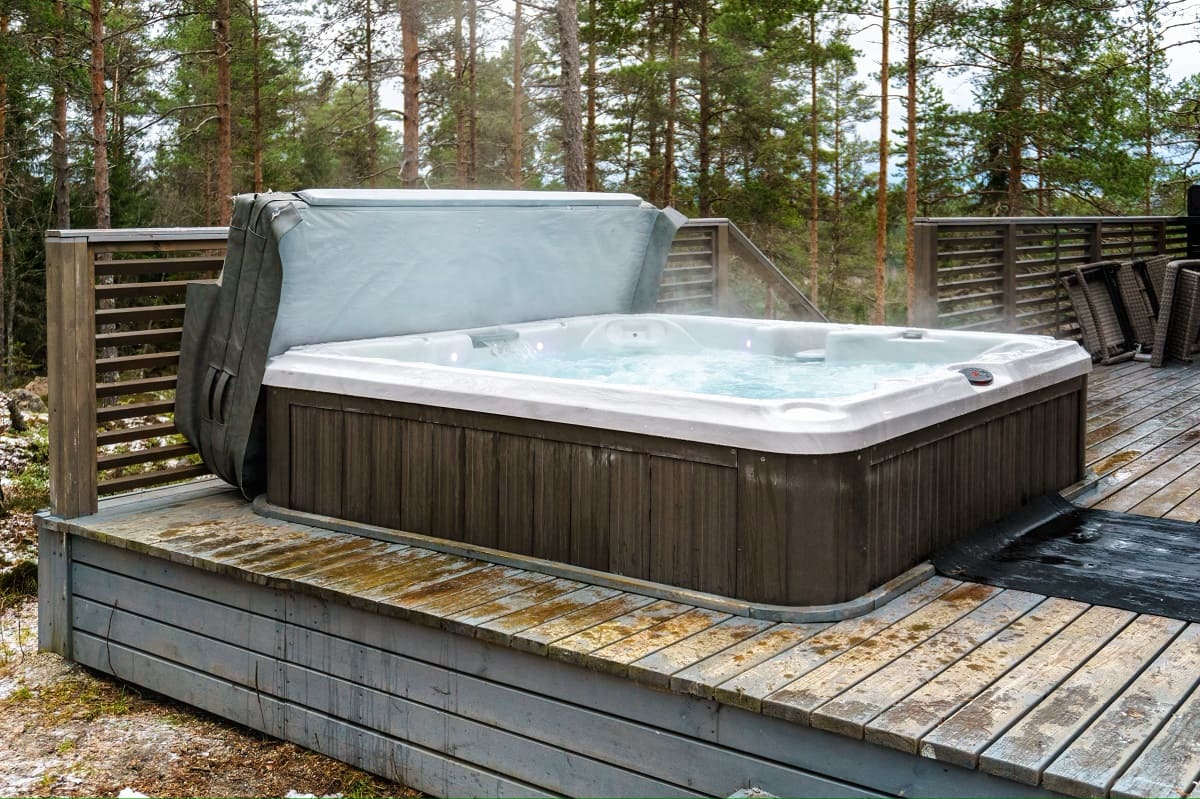
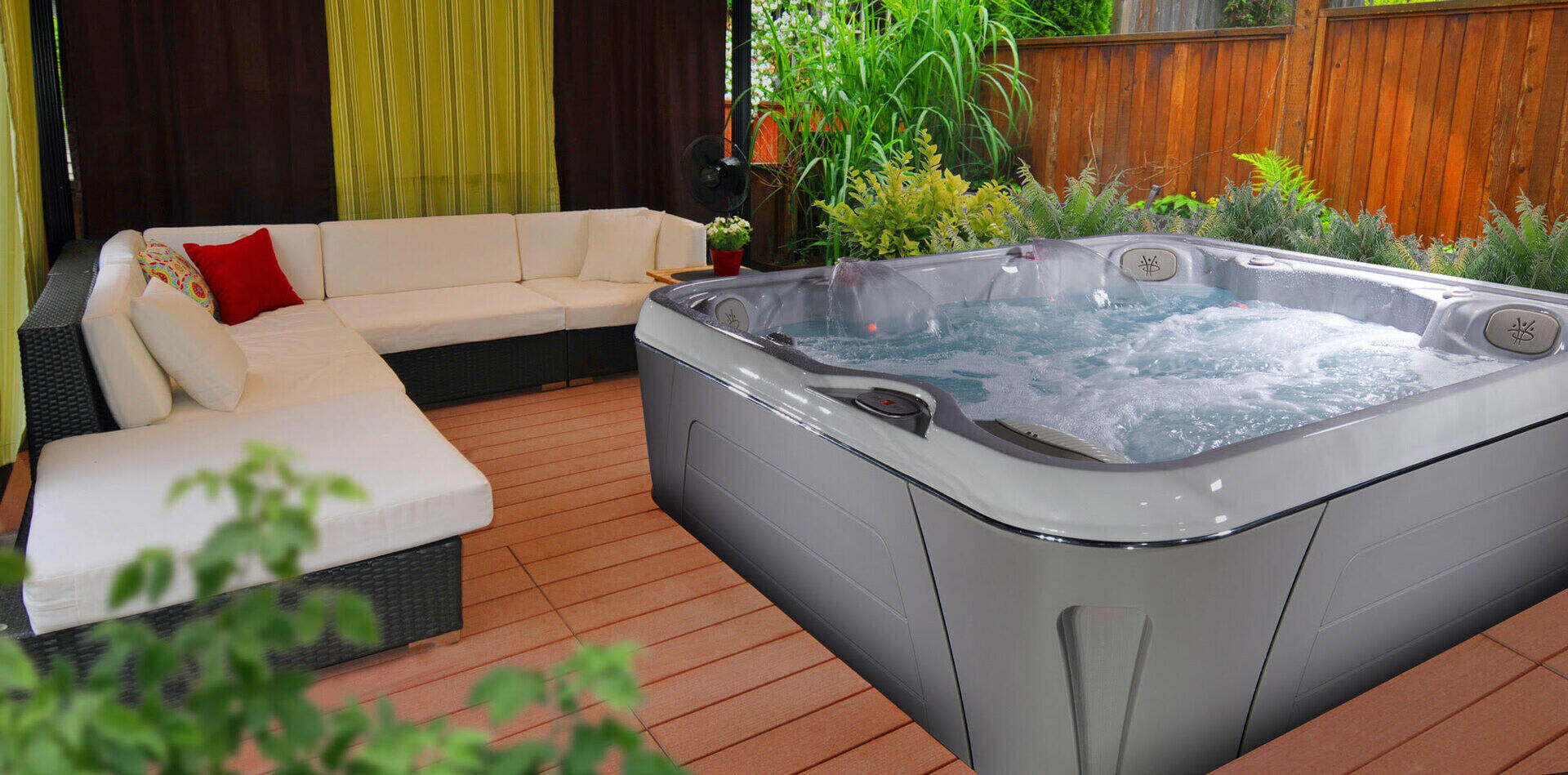
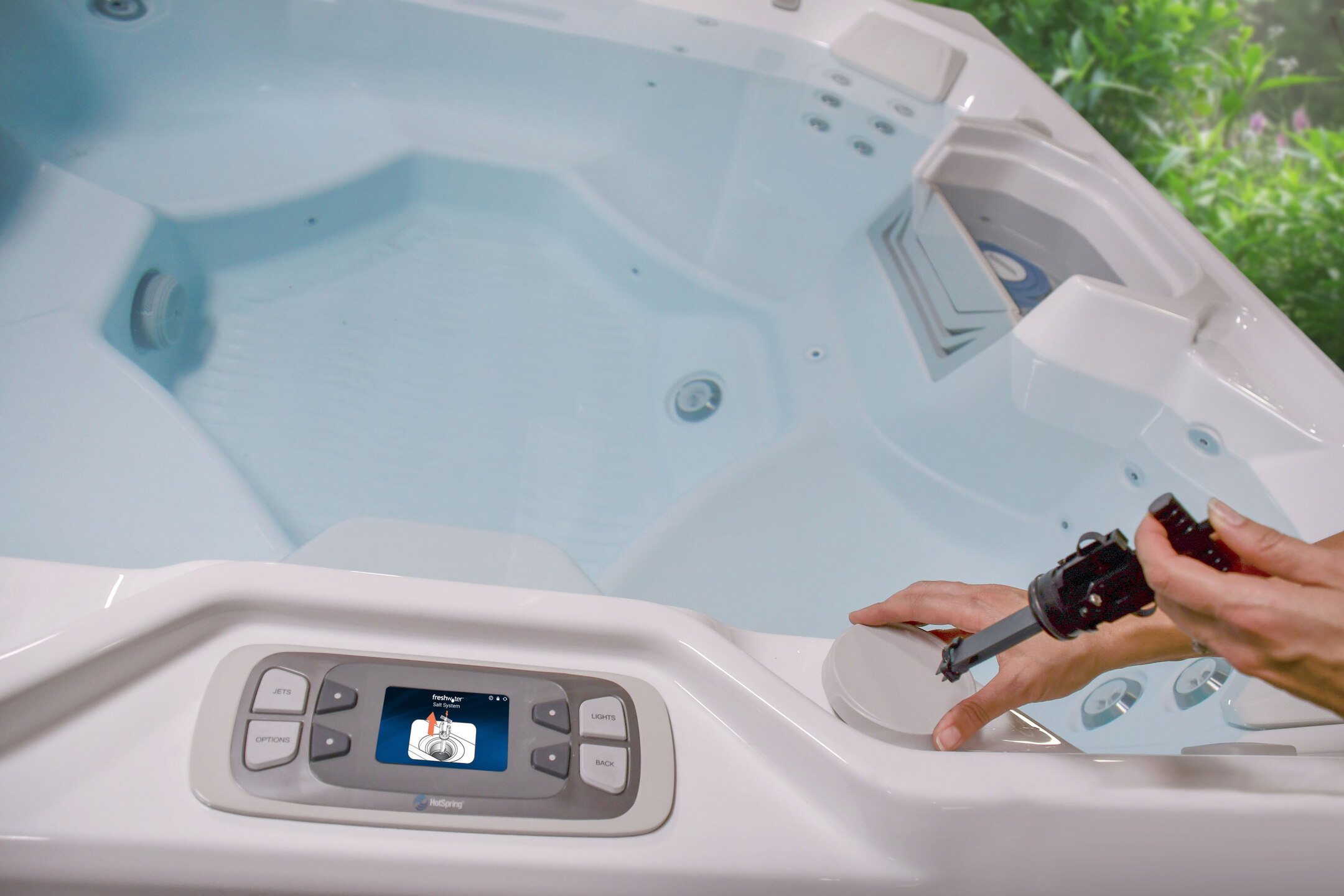
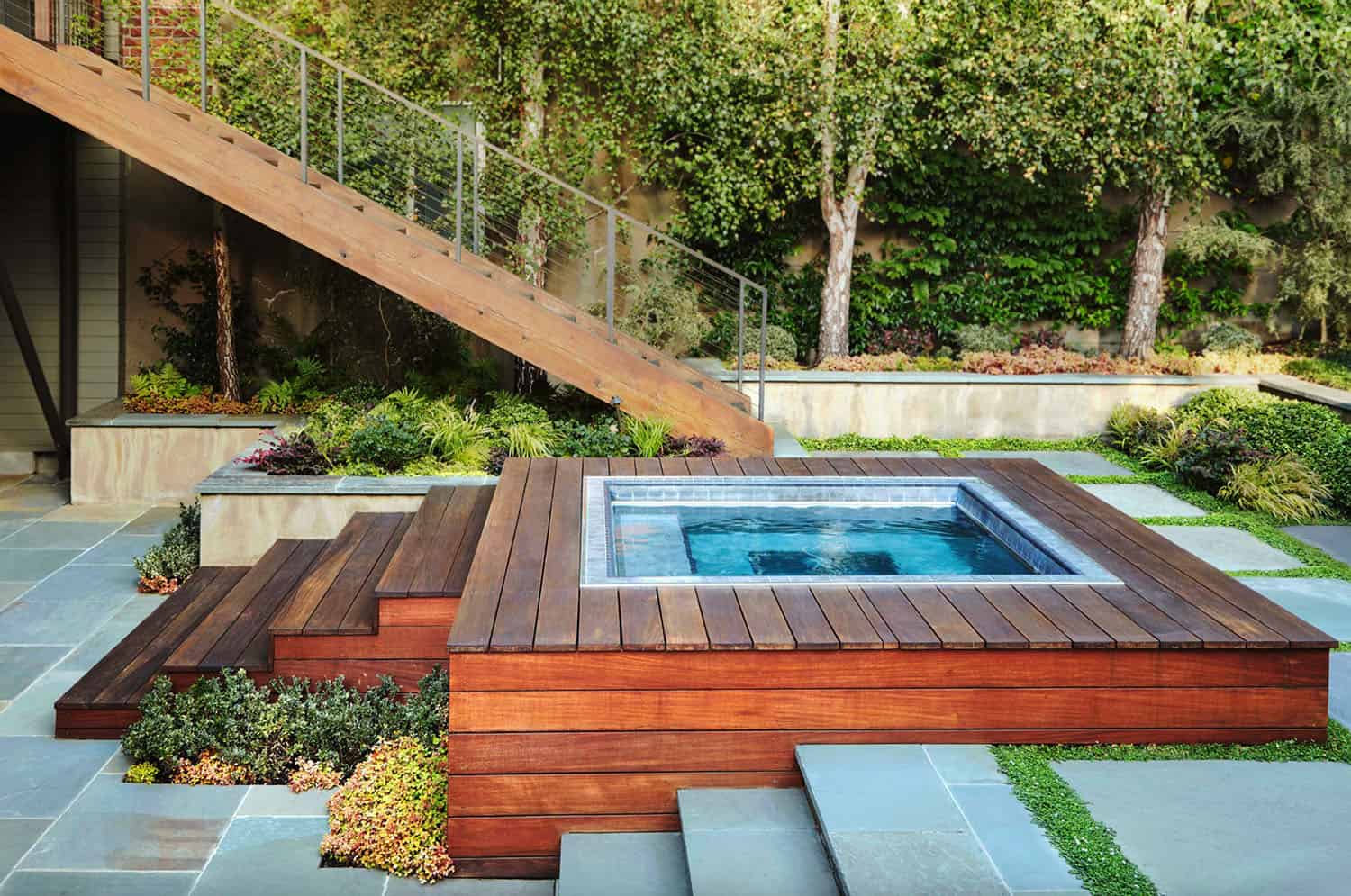
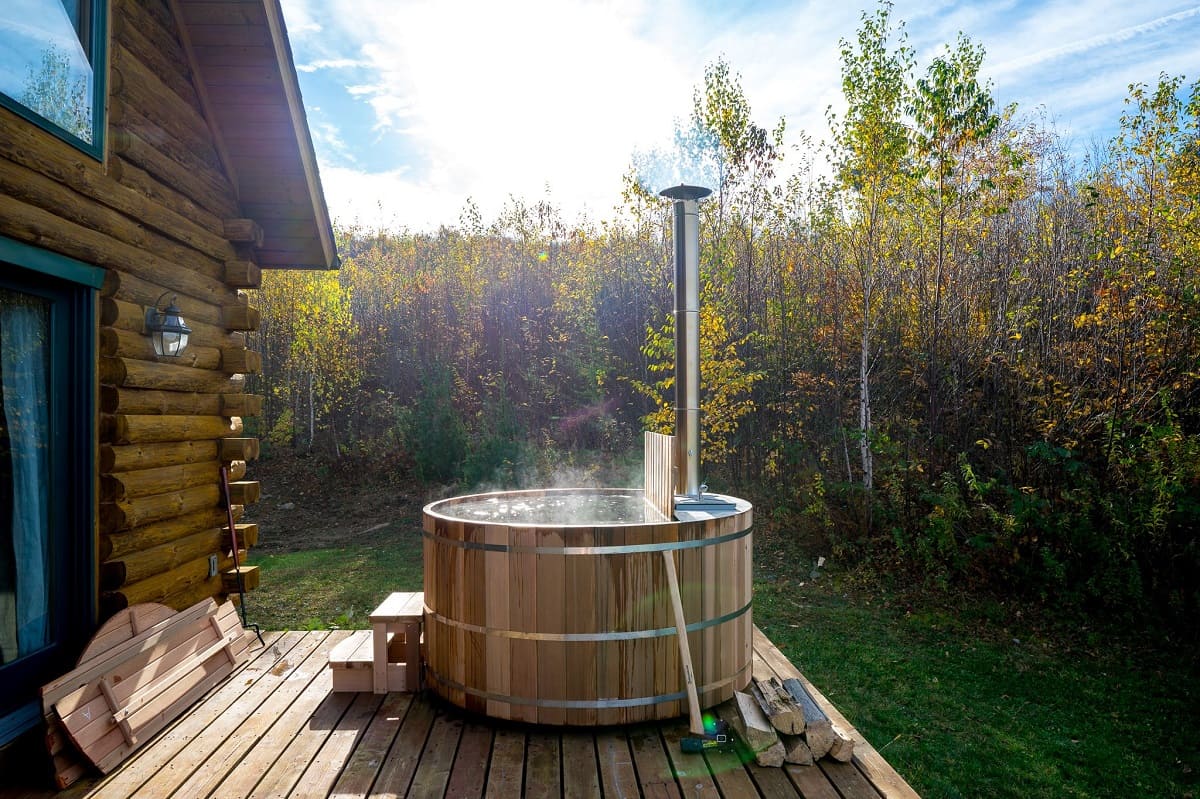
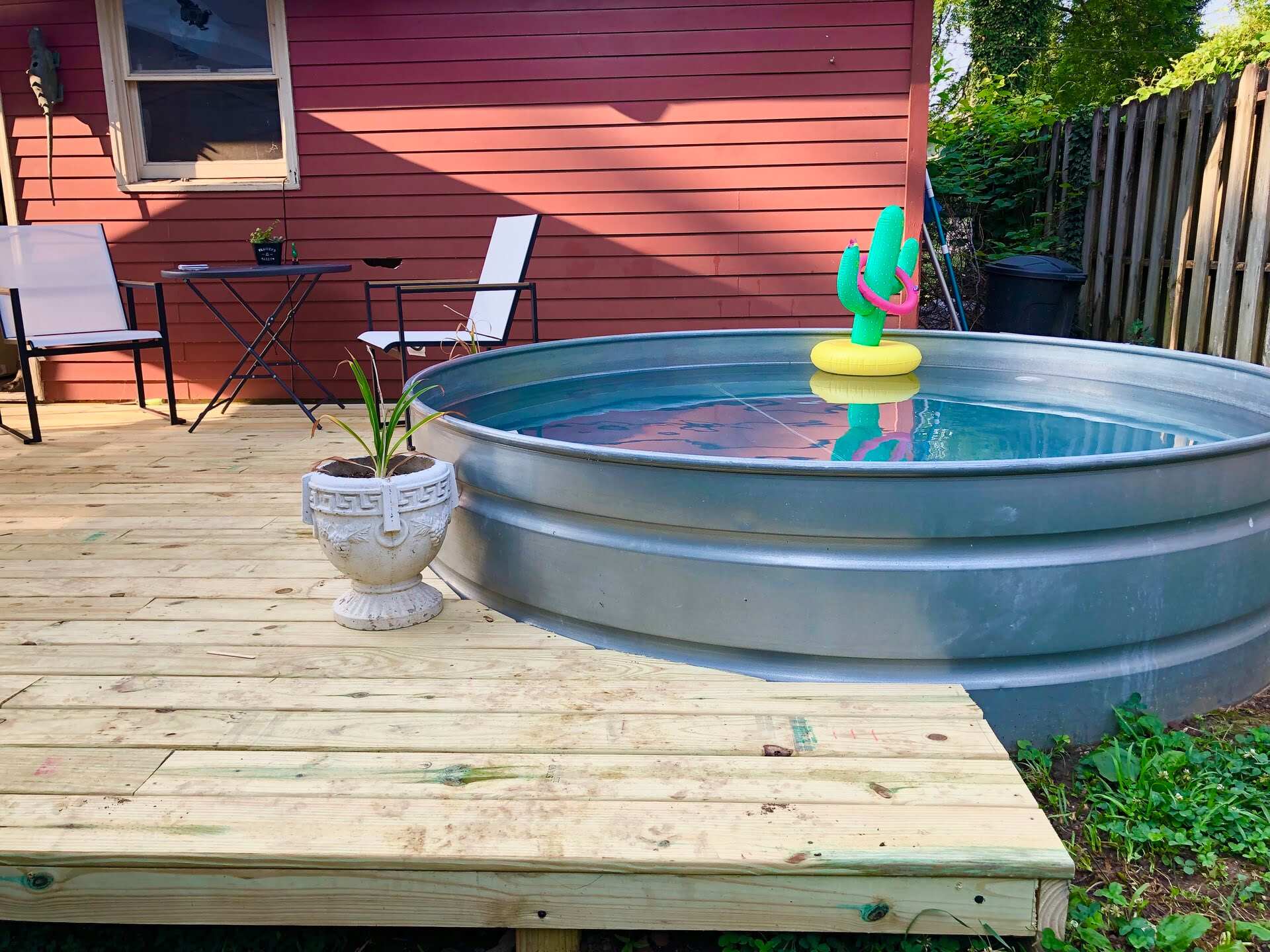
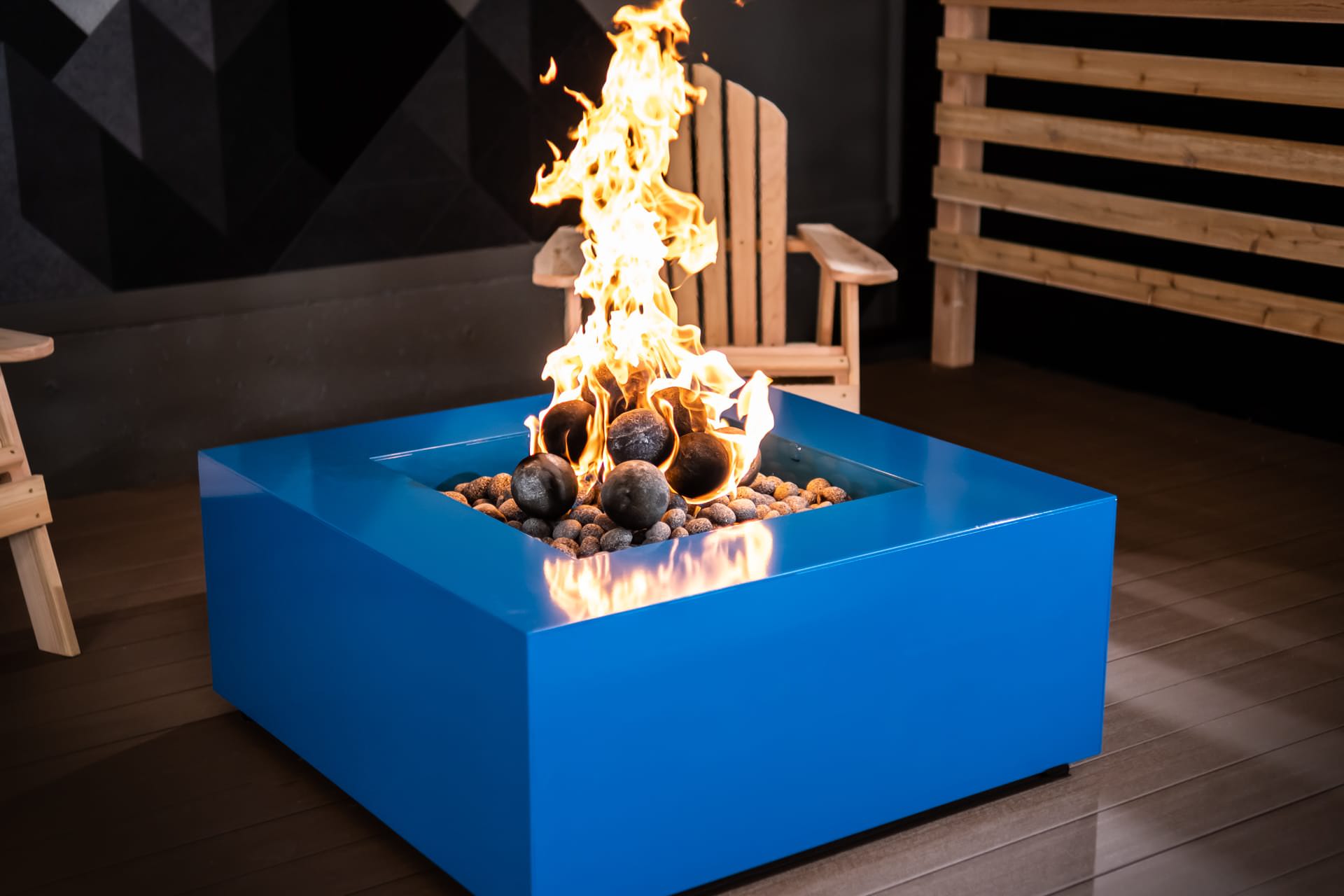
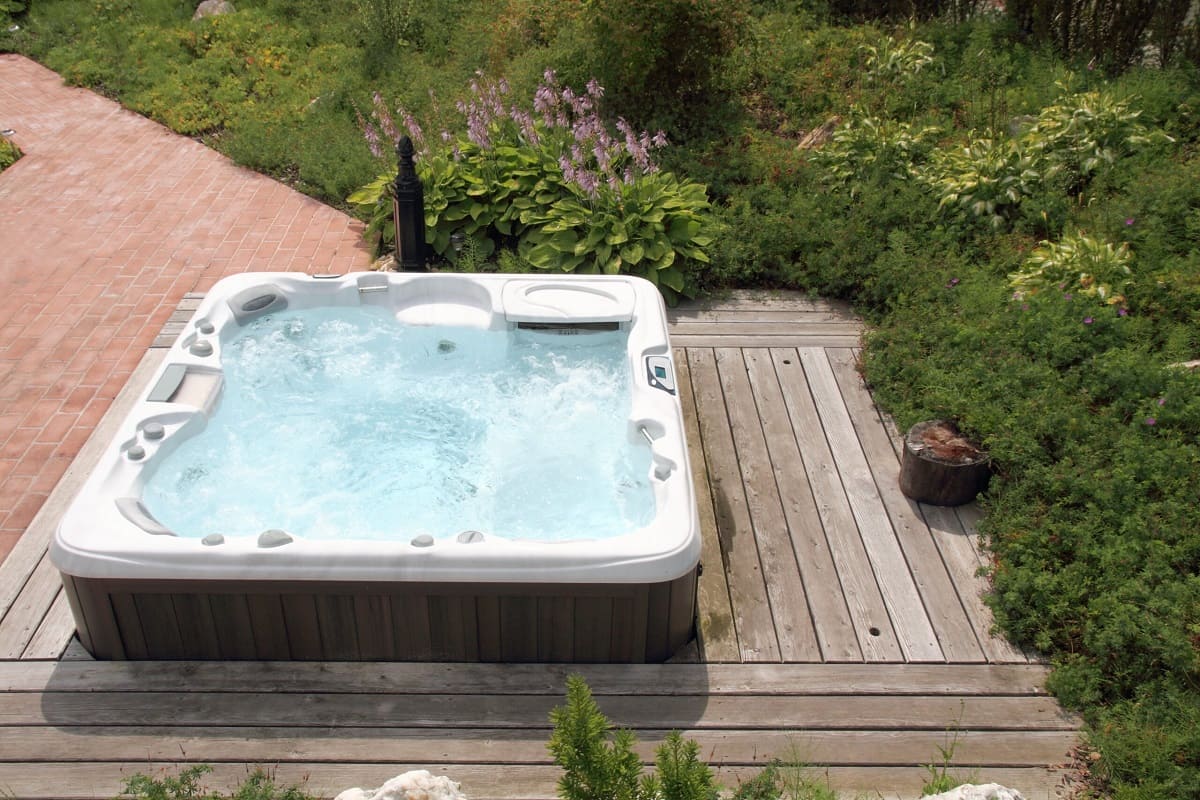
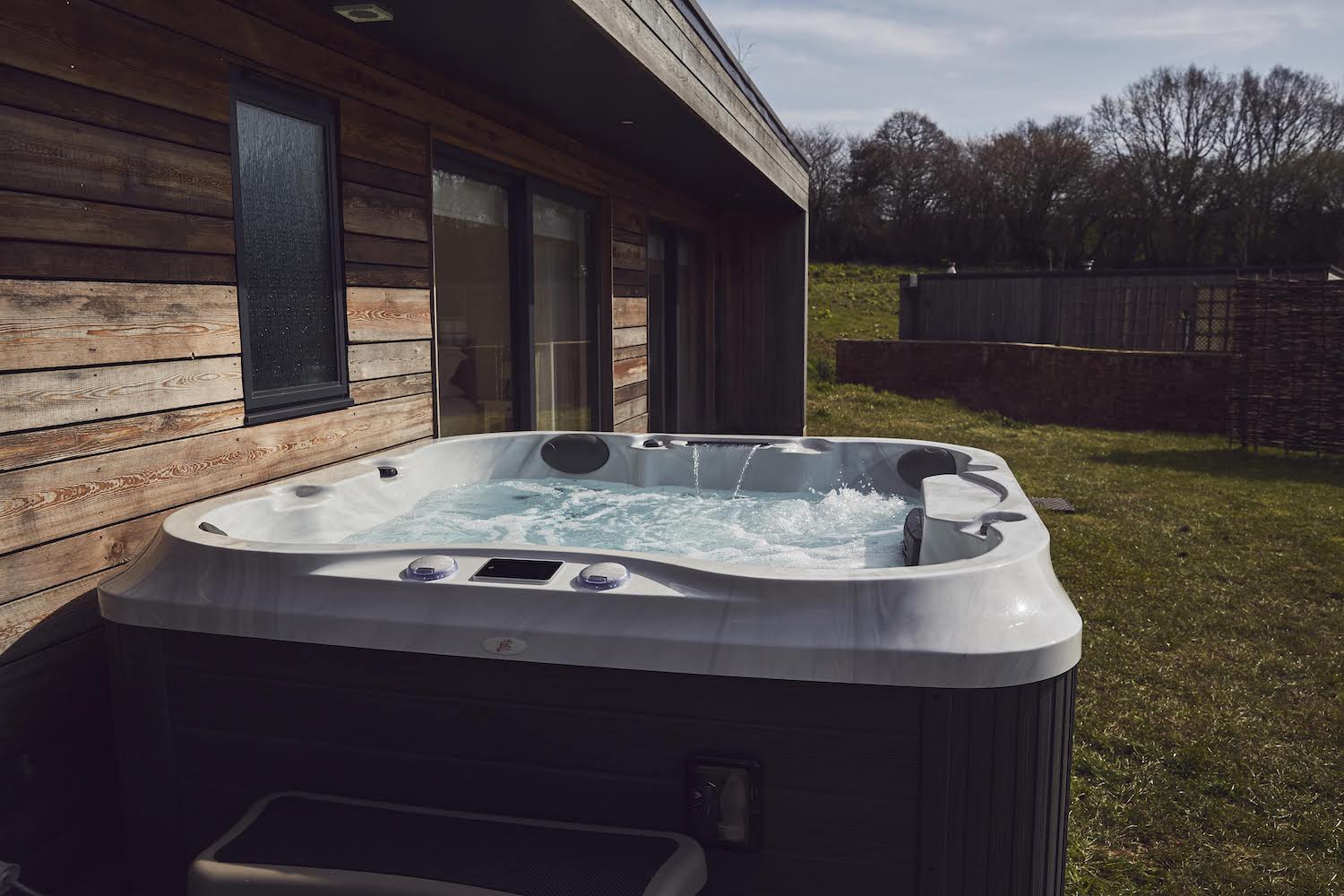
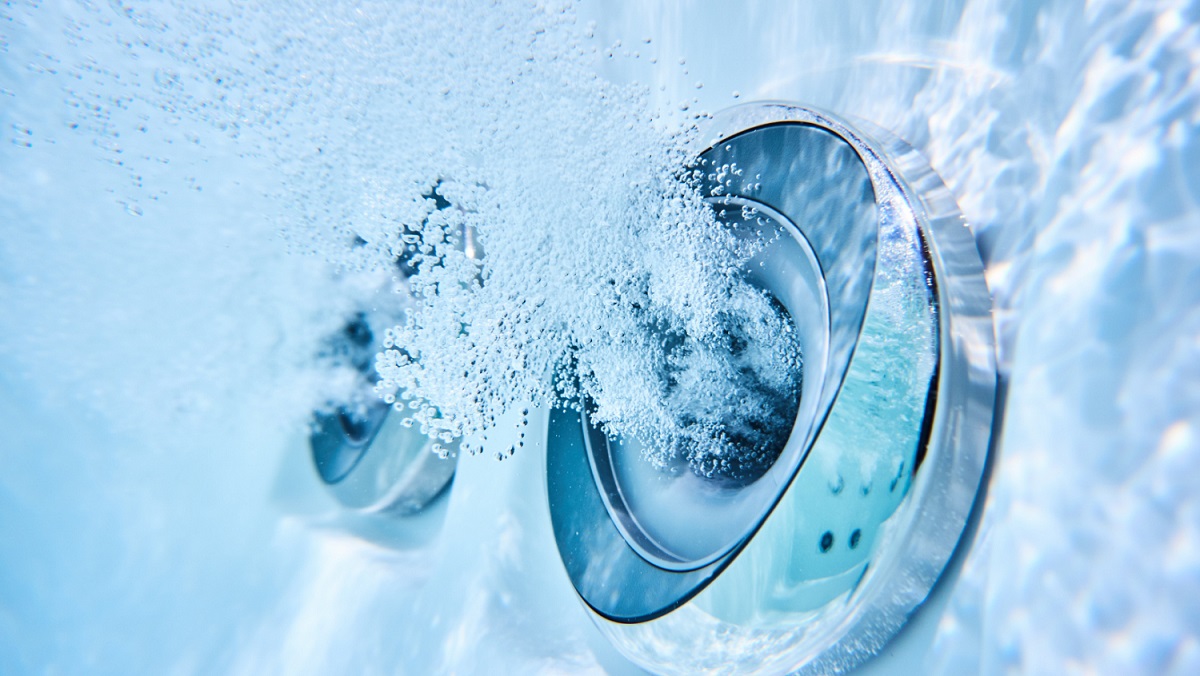
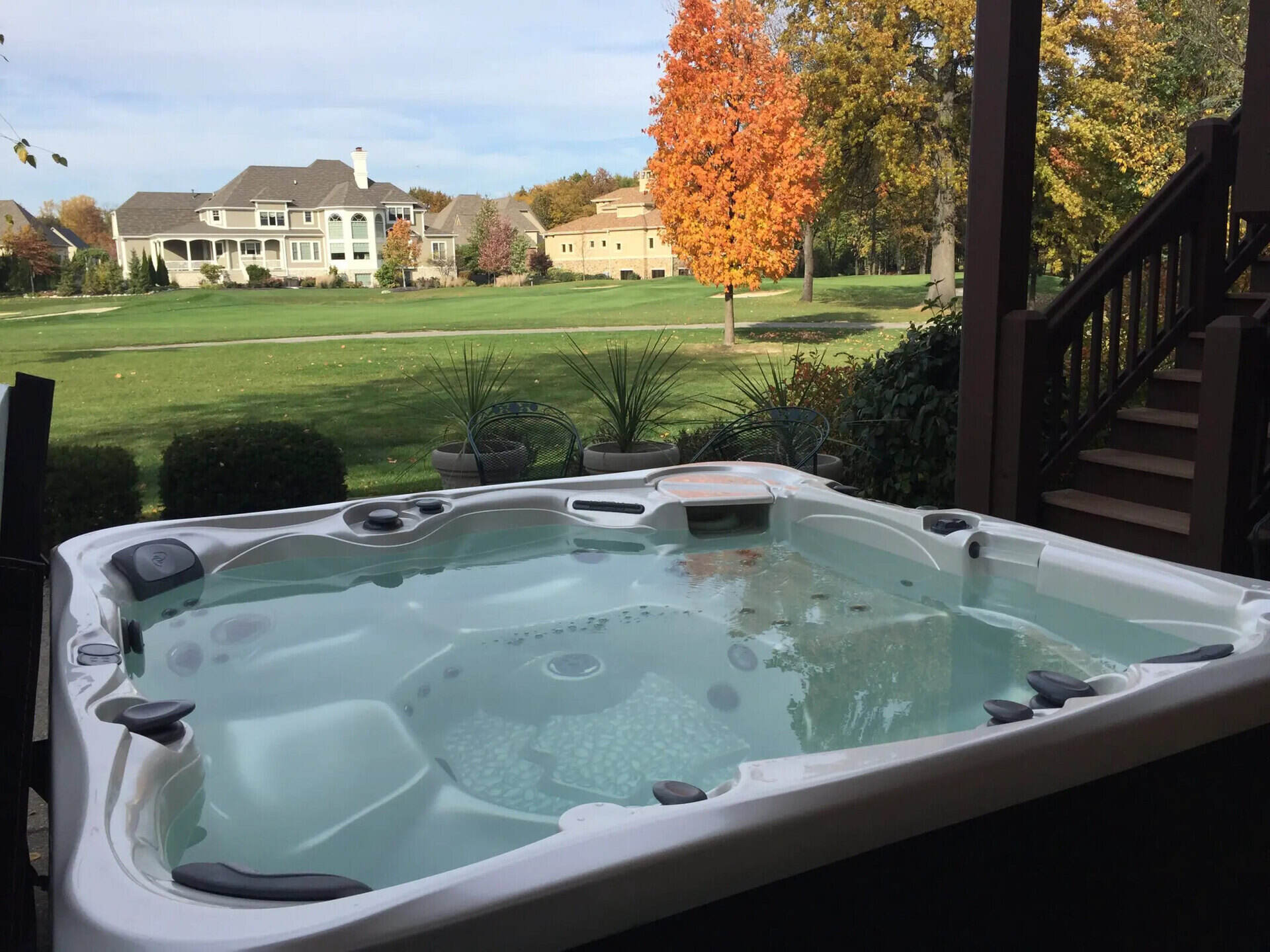

0 thoughts on “How To Make My Hot Tub Hotter”